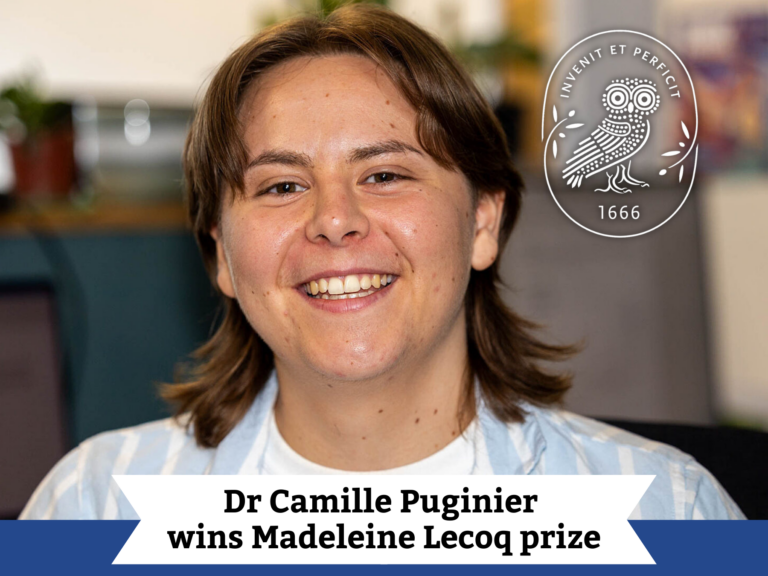Plant receptors with built-in decoys make pathogens betray themselves
Receptors carrying built-in decoys are the latest discovery in the evolutionary battle between plants and pathogens. Decoy domains within the receptor detect pathogens and raise the cell’s alarm when there is an infection.
 Plants display component parts of their immune system on receptors to trick pathogens into binding with them, which then triggers defence mechanisms. The discovery comes from Professor Jonathan Jones’ group at The Sainsbury Laboratory, published in the high-impact journal Cell with a companion paper on a similar discovery from the Deslandes group in Toulouse.
Plants display component parts of their immune system on receptors to trick pathogens into binding with them, which then triggers defence mechanisms. The discovery comes from Professor Jonathan Jones’ group at The Sainsbury Laboratory, published in the high-impact journal Cell with a companion paper on a similar discovery from the Deslandes group in Toulouse.
Pathogens target key parts of the plant’s defence machinery in their attempt to suppress an immune response. Plants have evolved to display these targets on receptors that are primed to set off their alarm system. When the pathogen binds, the receptor starts the process of shutting down the cell to contain the pathogen and stop it from spreading.
The research from Professor Jones’ group shows one way in which plants perceive pathogens. Perception of pathogens is essential for immunity. Plants have very efficient defence mechanisms to stop a pathogen, if they can detect it soon enough. In turn, pathogens are constantly evolving to become stealthier to evade perception by the host. This arms race means both plant and pathogen are constantly under pressure to evolve new ways to outwit each other. Scientists now know these ways include the integration of decoy domains within receptors.
The hypothesis that plants use decoys in this way was put forward last year. Professor Jones’ study - which appears with a companion study led by Laurent Deslandes at CNRS Toulouse - is the first substantial evidence to support this theory.
Professor Jones hopes the group’s discovery could lead to bioengineering new receptors carrying decoys to perceive and trigger a defence to virtually any pathogen. Before the group can make new receptors, they first have to understand their molecular architecture. The next step will be to recreate receptors with new decoys to act as targets for a disease against which a plant has no resistance.
The discovery means scientists can start developing the next generation of tools to equip plants with new defences to pathogens.
Professor Jones said: ‘This is a very exciting discovery. It turns out as we survey the genomes of other plants we can see many more such “integrated decoy” domains associated with immune receptors, so we believe this observation will turn out to be of widespread significance. It’s a great thrill to be involved in such important and interesting work. I am very grateful for the team of creative and dynamic students and postdocs in my lab whose dedication enabled these new insights.’
The project was funded by a Marie-Curie fellowship, the BBSRC, the Rural Development Administration (Korea) and the Gatsby Foundation (UK).


